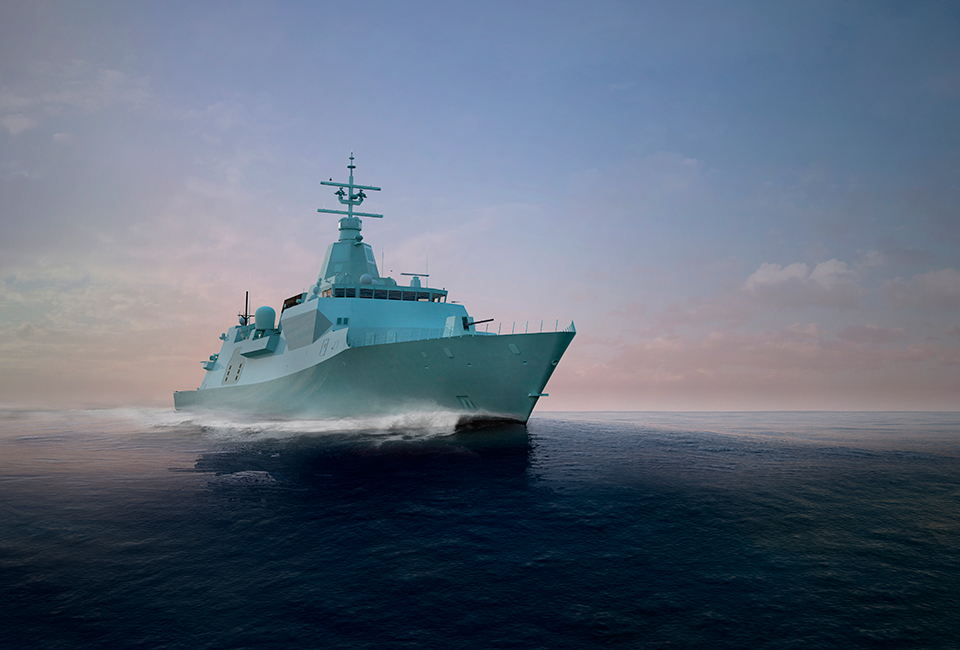Canada secures billion-dollar defence deal — but control still sits in the US
(Image courtesy Lockheed Martin Canada)
The federal government is touting a $1-billion defence export contract with Germany as a major win for Canadian industry, but the deal also underscores Canada’s longstanding dependence on foreign-owned defence contractors for much of its military technology.
Global Affairs Canada announced Monday that Germany has selected Lockheed Martin Canada’s CMS 330 combat management system for its navy under a government-to-government agreement facilitated by the Canadian Commercial Corporation. Ottawa says the project will drive innovation, create skilled jobs, and strengthen Canada’s defence industrial base.
But because Lockheed Martin Canada is wholly owned by a US parent company, the core intellectual property and ultimate strategic control over the system rest in the United States. While the engineering work creates real economic activity in Canada, the authority over profits, technology, and long-term direction remains outside Canadian hands.
It’s worth noting that the Canadian government has paid more than $4.5 million to Lockheed Martin Canada over the past year for the production of military technology.
The CMS 330 was originally developed for the Royal Canadian Navy’s Halifax-class frigates, and integrates sensors, weapons and communications for air, surface and subsurface operations.
Contracts like this do generate economic activity at home, of course, including high-paying engineering jobs and work for Canadian suppliers. But they also entrench a model in which Canada’s systems are produced under foreign control.
That dynamic has drawn criticism as the federal government emphasizes putting Canadian interests first and warns against excessive reliance on foreign powers, while simultaneously relying on subsidiaries of a US defence giant.
The government maintains the arrangement is a net benefit for the country, citing export growth, supply-chain activity and opportunities for Canadian firms to work within global platforms. But critics argue Canada still lacks a domestically owned defence prime capable of independently developing, commercializing and exporting high-value military technologies — leaving ownership, profits and strategic leverage outside Canadian hands.
When Canada exercised more control over its military technology
But this wasn’t always the case. In the 1950s, Canada hosted a major Canadian-based aerospace prime in Avro Canada — a company that, despite its British ownership, exercised far greater domestic control over design and production than exists today. It produced the CF-105 Arrow, a cutting-edge interceptor backed by one of the largest aerospace workforces in the country and considered among the most advanced aircraft of its era. Its abrupt cancellation in 1959 has fueled decades of speculation.
(Image courtesy RCAF History and Heritage Archive)
One long-standing theory suggests the United States quietly influenced the decision by urging Ottawa to shift toward missile defence and away from high-performance interceptors. Supporters of this view argue Washington may have been wary of a Canadian-designed aircraft that could have rivalled American platforms.
Other interpretations allege that Canadian intelligence assessments may have been shaped — intentionally or otherwise — to support a political decision already underway inside the Diefenbaker government.
Some historians, meanwhile, point to high costs as the reason behind the axing.
Regardless of the cause, the Arrow’s cancellation marked a turning point in Canada’s military technology sovereignty, ending an era when Canada exercised far greater control over the technologies it built.



